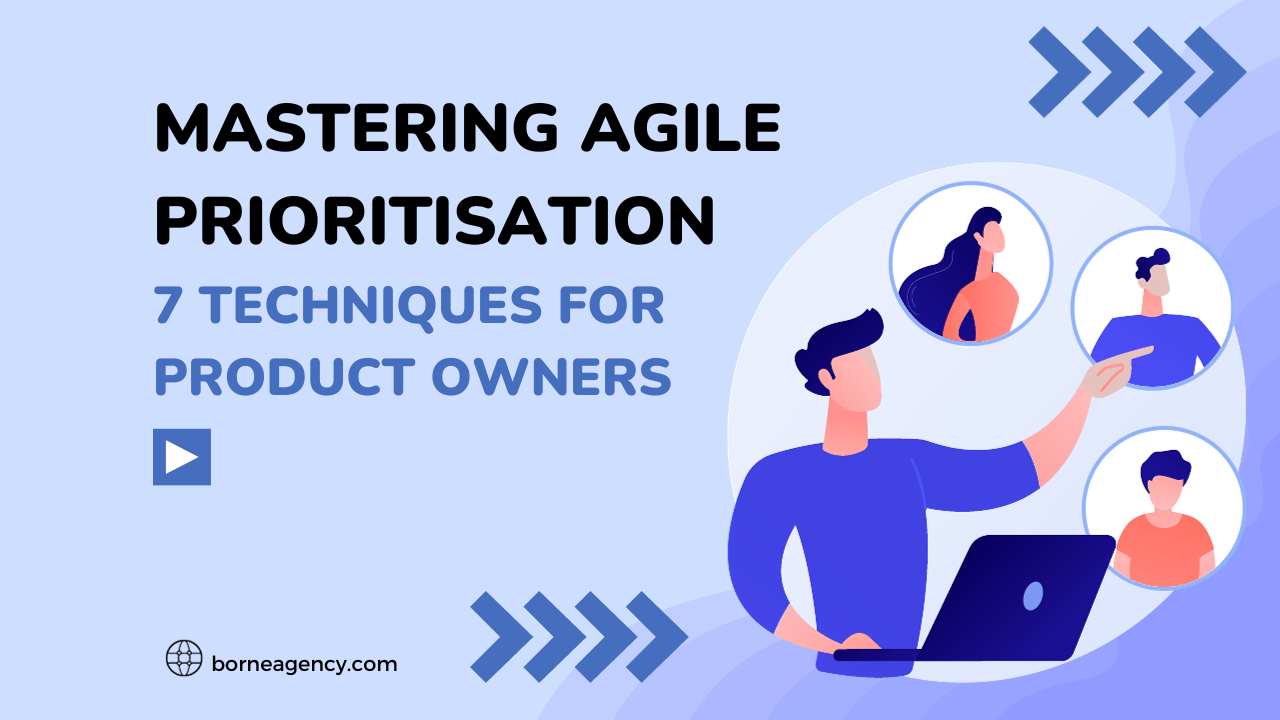Feb 18 - 4min readThe Right Fit: Obtaining Your Product-Market Fit (Part 2)By Launchbase
Building Your Value Proposition Strategy
Last week, we discussed prioritising underserved customer needs, you will need to define your value proposition strategy which focuses on what needs your product is going to deliver and how our team can separate your product from the competition. To build a value proposition, we need to divide your value offerings or features into three categories:
1. Delighter features: The ‘Wow’ factor
2. Selling Points: Performance Features
3. Must-have or basic features
There is also a fourth category, ‘neutral satisfaction features’ — these are features that won’t add value and may not be worth developing so we would not focus on those. The trend of this model is that we tend to focus on delivering delights into the market as they gradually become performers features and progress to must-haves. Once you have your value offerings segmented, we need to benchmark them against the competition and find your own positioning. This can be done through table comparisons or value curves. This exercise is a must as you may not have the resources to create a product for everyone and need to deliver a concise and targeted message to the market demand.
The important thing is to find your differentiating features.

Building Your MVP
By building the MVP, we will be testing our product packages differentiating features in the marketplace. You can then place the performance and delighter sets of offerings into tests with your users, gathering feedback on how customers perceive your product. However, take note that with your MVP, you will not be testing customer problems — these should have been validated already. Instead, the MVP will be testing the UX, design and feature packaging, estimating how the product meets customer acceptance.
When building an MVP, we need to take care to build a prototype that is just functional, reliable, usable, delightful enough to the core of the initial target customers we will be pitching it to. An initial prototype that is too focused on functionality is not an MVP that is focused on the early adopters and their pains. For the MVP prototype, a clickable and tappable prototype should be enough — use rapid prototyping methods and expect many iterations on your MVP along the way before seeing stickiness with the users.
In essence, an MVP is about building the most critical value proposition to further prove your product ideas potential and product-market fit, shipping in the best possible quality that will work in the market. An MVP is not about building slimmed down or extremely compromised versions of all of a final product’s features.
Testing and Incorporating Feedback
Once your prototype or MVP is built, it becomes time for us to test the manifestation of all the assumptions and decisions related to the customer needs and priorities. With every user test, we gather the feedback, make adjustments, or pivots to the offering design, improving on your product-market-fit.
This iterative process for testing MVPs and gathering market feedback can take time, especially for a startup company. Companies could perform over 20 iterations to their initial MVPs before witnessing sustained customer growth rates and engagement levels — so be patient!
Signs of Product-Market Fit
In action, you’ll see plenty of clues that product-market fit is not happening:
– Customers aren’t quite understanding the product or seeing its full value
– Word of mouth isn’t spreading
– Reviews are sparse or mediocre
– Sales cycles are long, or customer acquisition costs are very high
On the other hand, if the product-market fit is happening:
– The growth curve is impressive
– Money is coming in faster than it is spent
– Deals are easy to close
– Customers are coming in outside of the marketing campaigns
– The press is constantly looking for information
Additionally, do not think that if a product is not growing, it’s because of the product-market fit. Product leaders need to find an effective approach to communicate the product’s value. Product-market fit does not exist without a message-customer fit. To achieve message-customer fit, you need to:
– Find a way to message your product so that it can punch through a market that strongly favours existing solutions
– Master the art of understanding how customers think, and perceive the pain you are trying to solve
– Tell stories that make customers feel positive about your offering
While our team at Launchbase understand that finding product-market fit is a challenging task that will make or break a product’s success in the market, it isn’t everything to a startup or product’s success or failure. The ability to build a world-class team, find a sustainable monetisable business model and scaling operations for growth will come into play if a startup is to succeed. However, finding product-market fit is the initial, most challenging, and time-consuming hurdle any new offering will experience in the marketplace. This is why it is important to have a framework in place to aim for and test product-market fit.
Looking to structure your product framework? Get in touch with our team to ensure your application is equipped for growth.



